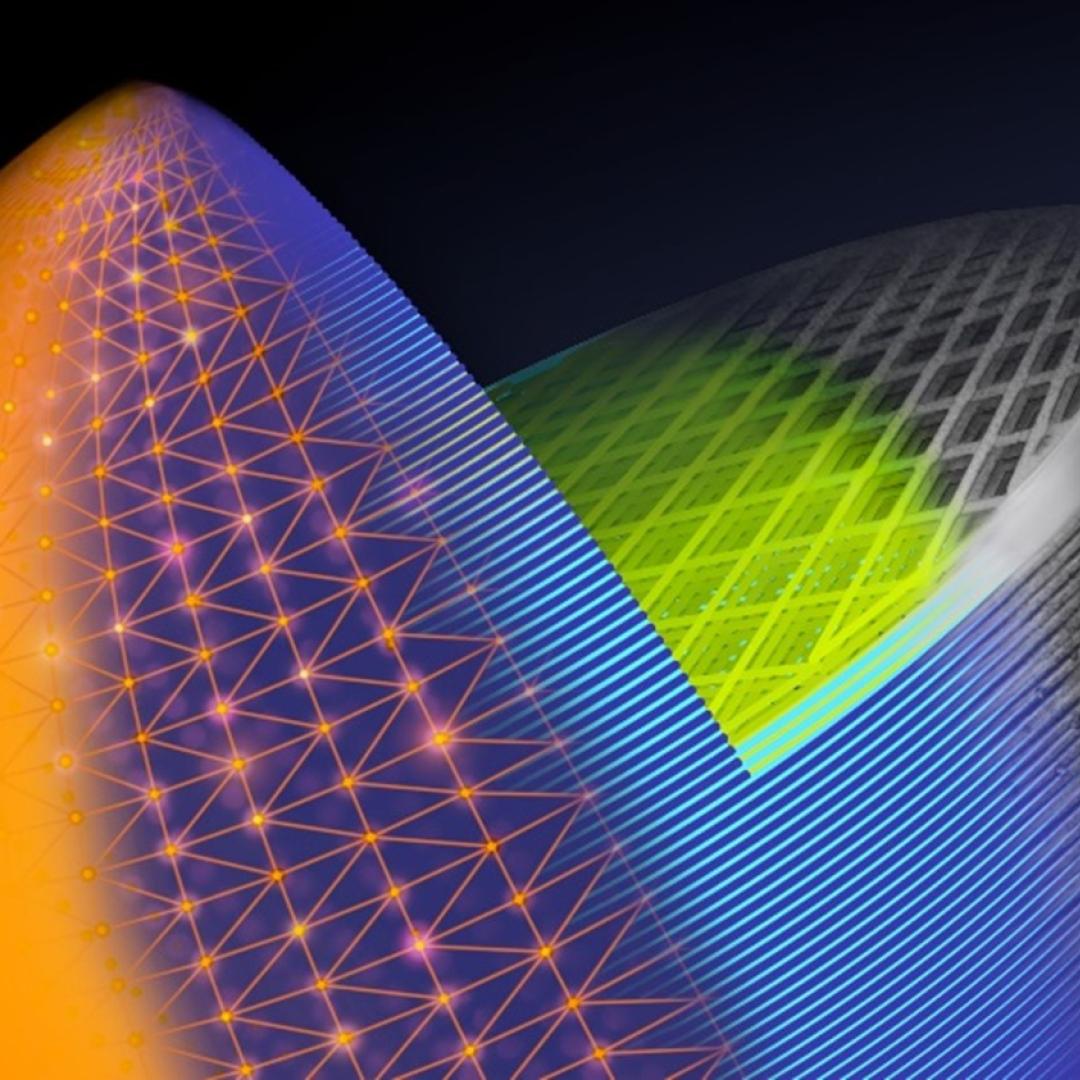
Filter News
Area of Research
- Biology and Environment (22)
- Biology and Soft Matter (1)
- Clean Energy (28)
- Climate and Environmental Systems (1)
- Electricity and Smart Grid (1)
- Functional Materials for Energy (2)
- Fusion and Fission (4)
- Isotopes (3)
- Materials (32)
- Materials for Computing (3)
- National Security (11)
- Neutron Science (8)
- Nuclear Science and Technology (2)
- Supercomputing (21)
News Topics
- (-) Climate Change (27)
- (-) Cybersecurity (10)
- (-) Energy Storage (27)
- (-) Frontier (10)
- (-) Isotopes (10)
- (-) Mercury (4)
- (-) Physics (19)
- (-) Quantum Science (12)
- (-) Simulation (6)
- (-) Space Exploration (6)
- 3-D Printing/Advanced Manufacturing (18)
- Advanced Reactors (5)
- Artificial Intelligence (15)
- Big Data (10)
- Bioenergy (22)
- Biology (29)
- Biomedical (10)
- Biotechnology (3)
- Buildings (16)
- Chemical Sciences (15)
- Clean Water (6)
- Composites (6)
- Computer Science (36)
- Coronavirus (9)
- Critical Materials (8)
- Decarbonization (21)
- Element Discovery (1)
- Environment (42)
- Exascale Computing (9)
- Fossil Energy (1)
- Fusion (11)
- Grid (16)
- High-Performance Computing (16)
- Hydropower (8)
- Irradiation (1)
- ITER (2)
- Machine Learning (10)
- Materials (37)
- Materials Science (26)
- Microscopy (18)
- Molten Salt (4)
- Nanotechnology (18)
- National Security (17)
- Net Zero (2)
- Neutron Science (20)
- Nuclear Energy (20)
- Partnerships (8)
- Polymers (10)
- Quantum Computing (7)
- Security (11)
- Summit (9)
- Sustainable Energy (25)
- Transformational Challenge Reactor (2)
- Transportation (17)
Media Contacts
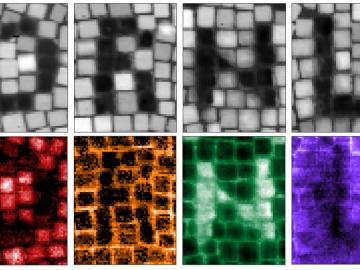
Drilling with the beam of an electron microscope, scientists at ORNL precisely machined tiny electrically conductive cubes that can interact with light and organized them in patterned structures that confine and relay light’s electromagnetic signal.

More than 50 current employees and recent retirees from ORNL received Department of Energy Secretary’s Honor Awards from Secretary Jennifer Granholm in January as part of project teams spanning the national laboratory system. The annual awards recognized 21 teams and three individuals for service and contributions to DOE’s mission and to the benefit of the nation.

Three ORNL scientists have been elected fellows of the American Association for the Advancement of Science, or AAAS, the world’s largest general scientific society and publisher of the Science family of journals.
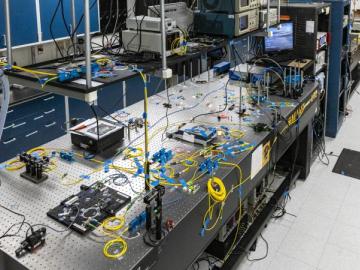
A rapidly emerging consensus in the scientific community predicts the future will be defined by humanity’s ability to exploit the laws of quantum mechanics.
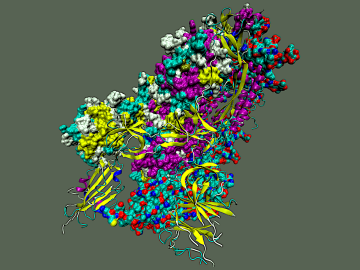
To explore the inner workings of severe acute respiratory syndrome coronavirus 2, or SARS-CoV-2, researchers from ORNL developed a novel technique.
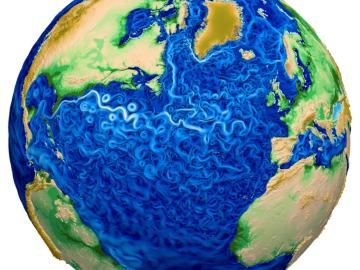
A new version of the Energy Exascale Earth System Model, or E3SM, is two times faster than an earlier version released in 2018.
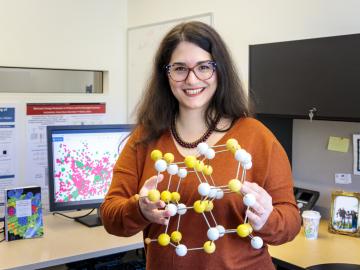
To advance sensor technologies, Oak Ridge National Laboratory researchers studied piezoelectric materials, which convert mechanical stress into electrical energy, to see how they could handle bombardment with energetic neutrons.
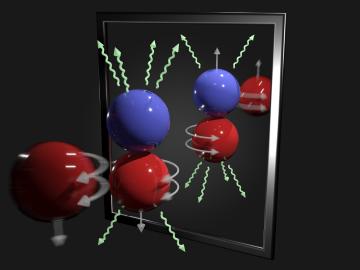
A team of scientists has for the first time measured the elusive weak interaction between protons and neutrons in the nucleus of an atom. They had chosen the simplest nucleus consisting of one neutron and one proton for the study.
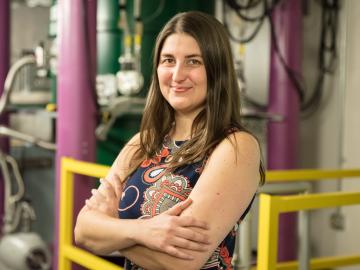
Leah Broussard, a physicist at the Department of Energy’s Oak Ridge National Laboratory, has so much fun exploring the neutron that she alternates between calling it her “laboratory” and “playground” for understanding the universe. “The neutron is special,” she said of the sub...
Physicists turned to the “doubly magic” tin isotope Sn-132, colliding it with a target at Oak Ridge National Laboratory to assess its properties as it lost a neutron to become Sn-131.


